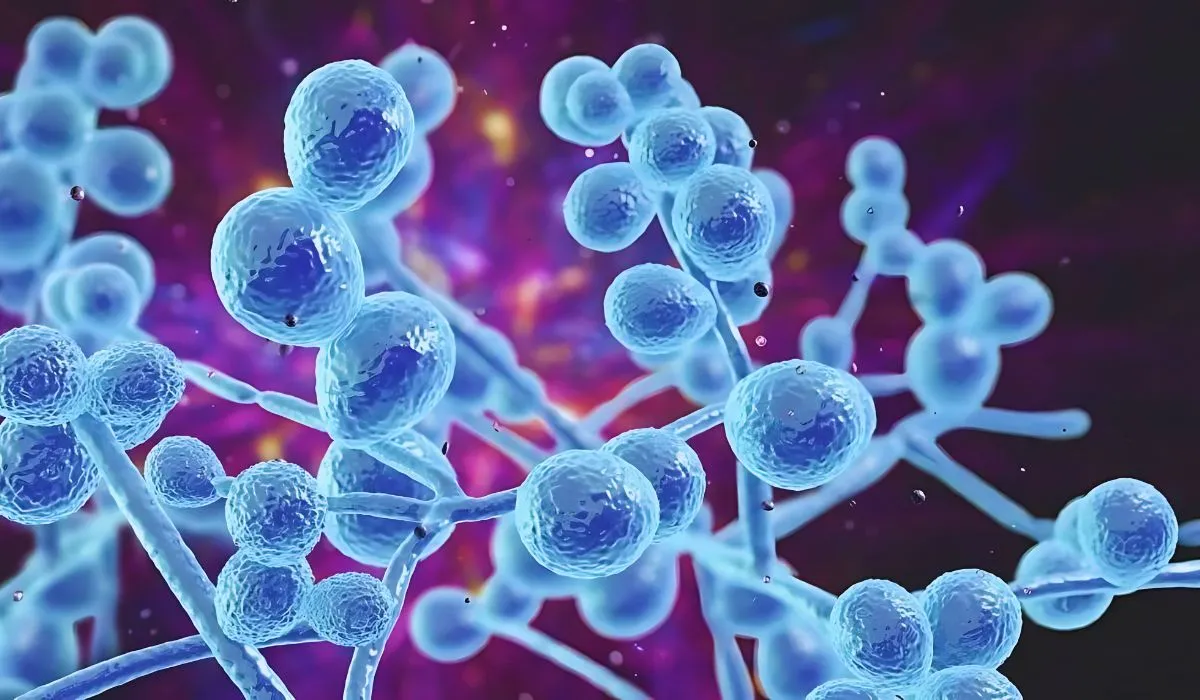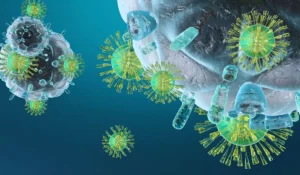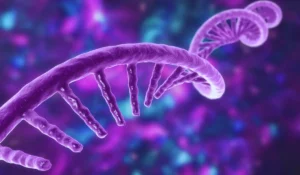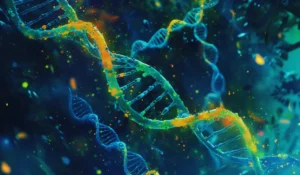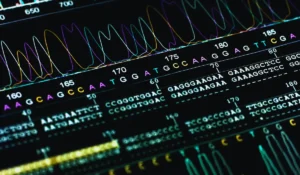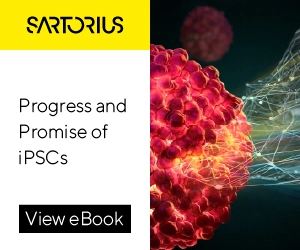In the vast landscape of cancer research, one intriguing aspect often overlooked is the role of fungi. These tiny organisms, often associated with infections or molds, have recently emerged as potential influencers in the complex world of tumor biology. Understanding the interactions between fungi and cancer cells, known as the cancer mycobiome, could offer profound insights into how tumors develop, evolve, and respond to treatments.
Imagine a microscopic world where fungal species, once considered mere bystanders, are now being scrutinized for their potential impact on cancer phenotypes. This shift in perspective has sparked a new wave of research aimed at unraveling the mysteries of the cancer mycobiome and harnessing its power for improved cancer care.
In this article, we embark on a journey into the hidden realm of fungi within tumors. We’ll explore how fungi interact with cancer cells, the challenges of detecting them, their interplay with bacteria in the tumor microenvironment, and the promising clinical implications of understanding the cancer mycobiome. Join us as we delve deeper into this fascinating frontier of cancer biology and discover the untold stories of fungi in cancer.
The Mycobiome and Cancer Connection
Recent advancements in cancer research have unveiled a previously overlooked player in the intricate dance of tumorigenesis – fungi. While bacteria have long been recognized for their roles in various diseases, including cancer, the mycobiome’s significance is now emerging as a frontier of scientific inquiry. Let’s delve into the current understanding of how fungi interact with cancer cells and contribute to cancer phenotypes, along with intriguing findings related to specific fungal species in different types of tumors.
- Fungal Interactions with Cancer Cells:
- Fungi are not passive bystanders in the tumor microenvironment; they actively engage with cancer cells, influencing their behavior and responses.
- Studies have shown that certain fungal species can modulate immune responses, alter gene expression profiles, and even promote tumorigenesis through various mechanisms.
- Contribution to Cancer Phenotypes:
- The presence of fungi within tumors has been associated with specific cancer phenotypes, including variations in tumor growth rates, metastatic potential, and responses to therapy.
- Understanding how fungi contribute to these phenotypes opens new avenues for targeted interventions and personalized treatment strategies.
- Specific Fungal Species in Different Tumor Types:
- Researchers have identified distinct fungal signatures in various types of tumors, suggesting a potential link between specific fungal species and cancer development.
- For example, Candida species have been found in close proximity to colon and stomach tumors, highlighting their potential role in gastrointestinal cancers.
- Other fungal species, such as Malassezia, have been implicated in pancreatic adenocarcinoma, shedding light on their influence on tumor biology.
By exploring these intricate interactions between fungi and cancer cells, we gain valuable insights into the dynamic nature of tumor ecosystems. The presence of specific fungal species and their activities within tumors offer new perspectives on cancer biology and pave the way for novel therapeutic approaches targeting the mycobiome.
Detecting Fungi in Tumors
The quest to detect fungi within tumor tissues presents unique challenges and requires innovative methodologies and technologies. Let’s delve into the complexities of fungal detection in tumors and explore the advancements that have paved the way for studying the mycobiome–cancer axis.
- Challenges in Fungal Detection:
- Fungi exist in low abundance within tumors compared to other microorganisms, posing challenges in their detection and characterization.
- The need for high-sensitivity detection methods is crucial due to the low fungal biomass in tumor samples.
- Contamination and false positives can confound results, emphasizing the importance of rigorous quality control measures.
- Advancements in Detection Technologies:
- High-throughput sequencing techniques, such as internal transcribed spacer (ITS) and shotgun metagenomics, have revolutionized fungal detection by providing deep sequencing coverage and species-level identification.
- Improved DNA extraction methods enhance the efficiency of fungal DNA retrieval from tumor samples, overcoming previous limitations.
- Bioinformatic tools and databases facilitate accurate identification and annotation of fungal sequences, aiding in the interpretation of mycobiome data.
- Methodologies for Studying the Mycobiome–Cancer Axis:
- Metagenomic analyses enable comprehensive profiling of the fungal communities within tumors, shedding light on their diversity and composition.
- Culturomics approaches involve culturing fungi from tumor samples, allowing for functional studies and assessment of fungal viability.
- Integration of multi-omics data, including genomics, transcriptomics, and metabolomics, provides a holistic view of the mycobiome–cancer interplay and its implications for tumor biology.
- Future Directions and Challenges:
- Despite advancements, challenges such as incomplete databases and the need for standardized protocols persist, highlighting areas for further improvement.
- Incorporating spatial mapping techniques could elucidate the spatial distribution of fungi within tumors, providing insights into their localization and interactions with cancer cells.
As we navigate the complexities of fungal detection in tumors, ongoing innovations and interdisciplinary collaborations hold promise for unraveling the intricate dynamics of the mycobiome–cancer axis and its relevance to cancer pathogenesis and therapeutic strategies.
Interplay Between Fungi and Bacteria in Tumors
Within the dynamic ecosystem of tumors, an intricate interplay unfolds between fungi and bacteria, shaping tumor biology and influencing treatment responses. Let’s delve into the potential interactions between these microorganisms and their impact on tumor microenvironments and therapeutic outcomes.
- Synergistic and Competitive Interactions:
- Fungi and bacteria can engage in synergistic interactions, where they collaborate to promote tumorigenesis or enhance tumor growth through shared metabolic pathways or signaling cascades.
- Conversely, competitive interactions may occur, where fungi and bacteria compete for resources within the tumor microenvironment, leading to shifts in microbial composition and dynamics.
- Influence on Tumor Microenvironments:
- The presence of fungi and bacteria can modulate the tumor microenvironment, influencing factors such as immune cell infiltration, inflammatory responses, and extracellular matrix remodeling.
- Interactions between these microorganisms and host cells can lead to the production of bioactive molecules, such as metabolites and toxins, which shape the local tumor milieu and contribute to tumor progression or regression.
- Impact on Treatment Responses:
- The interplay between fungi, bacteria, and cancer cells can influence responses to cancer therapies, including chemotherapy, immunotherapy, and radiation therapy.
- Microbial-mediated changes in the tumor microenvironment may affect drug efficacy, immune cell function, and the development of resistance mechanisms, impacting treatment outcomes.
- For instance, alterations in microbial composition and activity can modulate immune checkpoint pathways, affecting the responsiveness of tumors to immunotherapeutic agents.
- Mechanisms of Interaction:
- Direct physical interactions between fungal hyphae, bacterial biofilms, and tumor cells can occur, facilitating cross-talk and mutualistic or antagonistic relationships.
- Indirect mechanisms, such as the secretion of metabolites, enzymes, and signaling molecules by fungi and bacteria, can also mediate their interactions and impact tumor biology.
Understanding the nuanced interplay between fungi and bacteria within tumors provides valuable insights into the complex microbial dynamics that influence cancer progression and therapeutic outcomes. Harnessing this knowledge may lead to novel strategies for targeting microbial contributions to tumor biology and optimizing cancer treatments.
Clinical Implications of Understanding the Cancer Mycobiome
The burgeoning field of cancer mycobiome research holds significant clinical implications, offering promising avenues for improving current cancer therapies and shaping future treatment prospects. Let’s explore the potential clinical applications of understanding the cancer mycobiome and how manipulating this intricate ecosystem could enhance therapeutic outcomes.
- Precision Medicine and Personalized Therapies:
- Profiling the mycobiome in individual tumors could aid in developing personalized treatment strategies based on the unique microbial signatures of each patient’s cancer.
- Targeted interventions, such as antifungal agents or probiotics targeting specific fungal species, may be employed to modulate the mycobiome and enhance treatment efficacy.
- Enhancing Immunotherapy Responses:
- The mycobiome can influence immune responses within the tumor microenvironment, impacting the efficacy of immunotherapies such as checkpoint inhibitors.
- Manipulating the mycobiome to promote a favorable immune landscape, such as reducing immunosuppressive fungal species or enhancing antitumor immune responses, could enhance immunotherapy outcomes.
- Combination Therapies and Synergistic Approaches:
- Combinatorial strategies targeting both the fungal and bacterial components of the tumor microenvironment may lead to synergistic effects and improved treatment responses.
- For example, combining antifungal agents with conventional chemotherapy or immunotherapy could enhance tumor cell death or immune activation, respectively.
- Resolving Treatment Resistance and Recurrence:
- The mycobiome’s role in treatment resistance mechanisms and tumor recurrence warrants investigation, as targeting fungal contributions to these processes may overcome therapeutic limitations.
- Strategies to prevent fungal-mediated resistance pathways or promote sensitivity to existing therapies could prolong treatment responses and reduce relapse rates.
- Future Directions and Therapeutic Innovations:
- Continued research into the functional roles of specific fungal species and their interactions with cancer cells and the immune system will drive therapeutic innovations.
- Novel drug development targeting fungal-derived molecules, microbial-host interactions, or microbial vulnerabilities in tumors could lead to groundbreaking treatments.
By unraveling the intricacies of the cancer mycobiome and translating this knowledge into clinical applications, we can revolutionize cancer care by introducing more tailored and effective therapeutic interventions. Manipulating the mycobiome represents a promising frontier in oncology, offering opportunities to enhance current therapies and pave the way for novel treatment paradigms.
Conclusion: Unraveling the Mysteries of the Cancer Mycobiome
In this comprehensive exploration of the cancer mycobiome, we have delved into the intricate interactions between fungi and cancer cells, their impact on tumor biology, and the potential clinical applications of understanding this complex ecosystem. Here are the key takeaways from our discussion:
- The Mycobiome in Tumor Microenvironments:
- Fungi play a significant but understudied role in tumor microenvironments, influencing cancer phenotypes, treatment responses, and immune modulation.
- Specific fungal species have been implicated in various cancer types, highlighting the diversity and complexity of the mycobiome–cancer connection.
- Challenges and Advancements in Detection:
- Detecting fungi within tumors presents challenges due to their low abundance and the need for high-sensitivity detection methods.
- Advancements in sequencing technologies, bioinformatics tools, and culturomics approaches have improved our ability to study the mycobiome in cancer.
- Interactions with Bacteria and Treatment Responses:
- The interplay between fungi and bacteria within tumors can shape tumor microenvironments, influence treatment responses, and impact therapeutic outcomes.
- Manipulating the mycobiome offers potential avenues for enhancing immunotherapy responses, overcoming treatment resistance, and developing synergistic treatment approaches.
- Clinical Implications and Future Directions:
- Understanding the cancer mycobiome holds promising clinical applications, including personalized therapies, combination treatments, and strategies to prevent recurrence.
- Further research is essential to fully comprehend the role of fungi in cancer and translate this knowledge into effective clinical interventions.
In conclusion, unraveling the mysteries of the cancer mycobiome represents a crucial frontier in oncology, with profound implications for personalized medicine, treatment innovation, and improving patient outcomes. Continued research efforts are needed to elucidate the intricate mechanisms underlying fungal contributions to cancer and harness this knowledge for transformative advancements in cancer care.
Reference
- Narunsky-Haziza, L., et al. (2022). Pan-cancer analyses reveal cancer-type-specific fungal ecologies and bacteriome interactions. Cell, 185, 3789–3806.e17.
- Dohlman, A. B., et al. (2022). A pan-cancer mycobiome analysis reveals fungal involvement in gastrointestinal and lung tumors. Cell, 185, 3807–3822.e12.
- Liu, N. N., et al. (2022). Multi-kingdom microbiota analyses identify bacterial-fungal interactions and biomarkers of colorectal cancer across cohorts. Nat. Microbiol., 7, 238–250.
- Riquelme, E., et al. (2019). Tumor microbiome diversity and composition influence pancreatic cancer outcomes. Cell, 178, 795–806.e12.
- Banerjee, S., et al. (2021). Prognostic correlations with the microbiome of breast cancer subtypes. Cell Death Dis., 12, 831.
- Aykut, B., et al. (2019). The fungal mycobiome promotes pancreatic oncogenesis via activation of MBL. Nature, 574, 264–267.
- Nejman, D., et al. (2020). The human tumor microbiome is composed of tumor type-specific intracellular bacteria. Science, 368, 973–980.
- Zhu, Q., et al. (2021). AHR mediates the aflatoxin B1 toxicity associated with hepatocellular carcinoma. Signal. Transduct. Target. Ther., 6, 299.
- Vadovics, M., et al. (2021). Candida albicans enhances the progression of oral squamous cell carcinoma in vitro and in vivo. mBio, 13, e0314421.
- Alam, A., et al. (2022). Fungal mycobiome drives IL-33 secretion and type 2 immunity in pancreatic cancer. Cancer Cell, 40, 153–167.e11.
